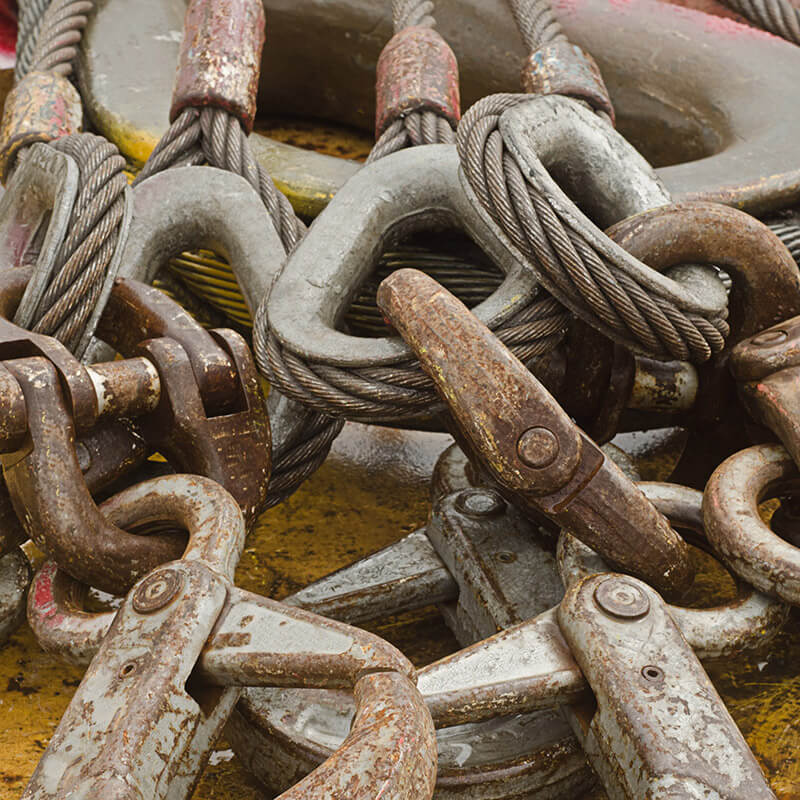All About Snatch Blocks!
Snatch blocks are used to change the direction of a rope or cable and to create mechanical advantage in various applications. Their primary functions include redirecting the force of a pulling or lifting operation and allowing users to lift or move heavy loads more easily. Here's how snatch blocks are typically used:
- Directional Change:
- To change the direction of a force: Snatch blocks are often employed when the force needs to be redirected to a different angle. For example, if you're towing a vehicle or pulling an object at an awkward angle, a snatch block can be used to alter the direction of the pull, making it more manageable.
- To navigate obstacles: When an obstacle like a tree or a rock is in the way during a towing or recovery operation, a snatch block can be used to route the rope or cable around the obstacle, allowing the force to be applied in a different direction.
- Mechanical Advantage:
- To reduce effort: By running a rope through a snatch block, you effectively double the length of rope you have to pull. This reduces the effort required to move or lift heavy objects, making it easier for the operator.
- To increase capacity: Snatch blocks can also be used to increase the lifting or pulling capacity. By using multiple snatch blocks and creating a "block and tackle" system, the load capacity can be significantly multiplied. This is especially useful in situations where a single line is insufficient to handle the load.
Here's a step-by-step guide on how to use a snatch block:
- Select the Right Block: Choose a snatch block with a load rating that exceeds the maximum load you intend to handle,and make sure it is sized correctly for the diameter of rope or wire rope you intend to run through it. The block should be in good condition and free from damage.
- Position the Block: Place the snatch block at the desired location along the rope or cable.
- Open the Block: If applicable, open the casing or hinged side of the snatch block to make it easier to insert the rope or cable through the wheel.
- Thread the Rope or Cable: Insert the rope or cable through the wheel's groove. Make sure it's properly seated in the groove to prevent slippage.
- Close the Block (if applicable): If the snatch block has a hinged casing, close it securely around the rope.
- Attach the Block: Attach the snatch block to a secure anchor point, such as a tree, vehicle, or fixed structure, using a shackle or a hook (most snatch blocks come with a hook or shackle fitting on top).
- Apply Force: Apply force to the rope or cable from the opposite end, which may involve pulling, winching, or towing.
- Monitor the Operation: Be aware of the direction of force and the load being lifted or moved. Ensure the snatch block operates smoothly and without any obstructions.
- Follow Safety Precautions: Use appropriate safety equipment, maintain safe distances, and be cautious when working with heavy loads and changing force directions.
By using snatch blocks properly, you can make lifting, pulling, and towing operations more efficient, manageable, and safer. However, it's essential to follow safety guidelines and conduct regular maintenance to ensure the equipment's integrity and safety.
Curious about mechanical advantages when it comes to snatch blocks? Check out the below video by Crosby where they do a great job of explaining how the load applied to your winch line can change depending on how your snatch block is rigged up.
What Is a Lifting Chain?
Jun 26th 2025
What is Considered Rigging Hardware?
Jun 20th 2025
What Tools Are Needed for Rigging?
Jun 18th 2025
What Equipment Does an Arborist Use?
Jun 13th 2025
What Is the Difference Between a Jib Crane and a Davit?
Jun 9th 2025
What Are the Types of Lifting Equipment?
May 30th 2025
How to Choose the Right Fall Protection Harness?
May 23rd 2025
Which Wire Rope is Stronger: 7x7 or 7x19?
May 20th 2025
How Strong Are Wire Rope Clamps?
May 12th 2025










